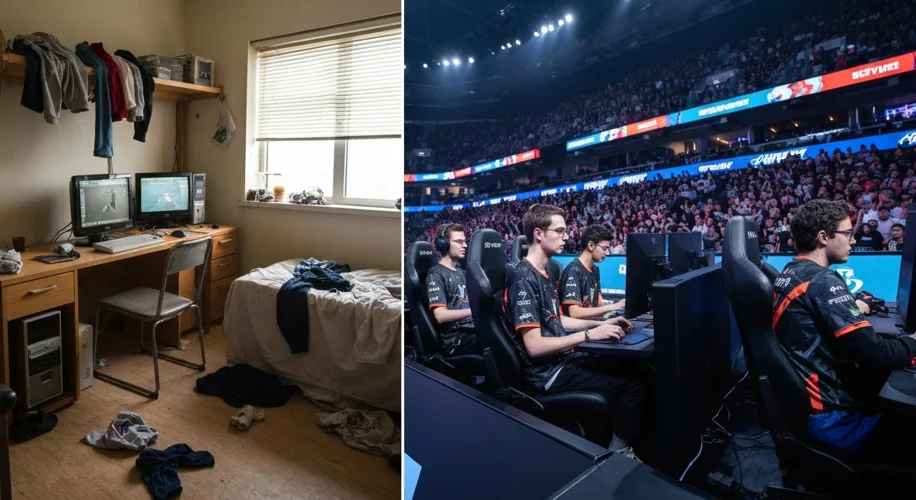Okay, so hear me out. We all know Counter-Strike, right? It’s been around forever, a staple in PC gaming, and now it’s a massive, billion-dollar franchise. But what’s really wild is where it all started: a college dorm room.
Back in 1999, a couple of guys named Minh “Gooseman” Le and Jess Cliffe were tinkering with a mod for Half-Life. They weren’t some big studio with endless funding; they were students with a shared passion for creating something new. They basically took the Half-Life engine and tweaked it to create a completely different gameplay experience – a team-based, objective-focused shooter.
And here’s the thing: they didn’t just build it and hope for the best. They actively shared early versions of the game with the community, gathered feedback, and iterated. This grassroots approach was key. They were listening to what players actually wanted, not just guessing. This deep understanding of player desires, combined with their technical skills, is what made Counter-Strike resonate so strongly.
What started as a free fan-made modification eventually caught the eye of Valve, the creators of Half-Life. Valve saw the potential, acquired the development team, and released Counter-Strike as a standalone game. From there, it exploded. It became a cultural phenomenon, spawning esports leagues, professional players, and a dedicated fanbase that’s still going strong today.
This story is seriously inspiring for anyone interested in tech or gaming. It’s a powerful reminder that groundbreaking ideas don’t always come from massive corporations with huge budgets. Sometimes, they come from individuals with a vision, a bit of code, and a willingness to connect with their audience. It proves that with enough passion and creativity, even limited resources can lead to monumental success and disrupt established markets.
So, next time you’re thinking about starting a project, remember the Counter-Strike crew. They built a gaming empire in a dorm room, showing us all that the future of innovation can emerge from the most unexpected places.

